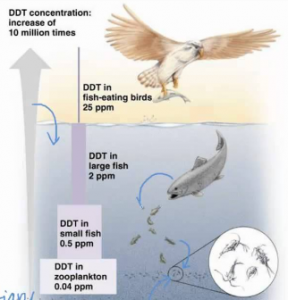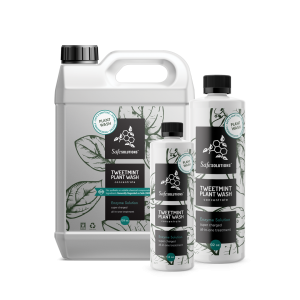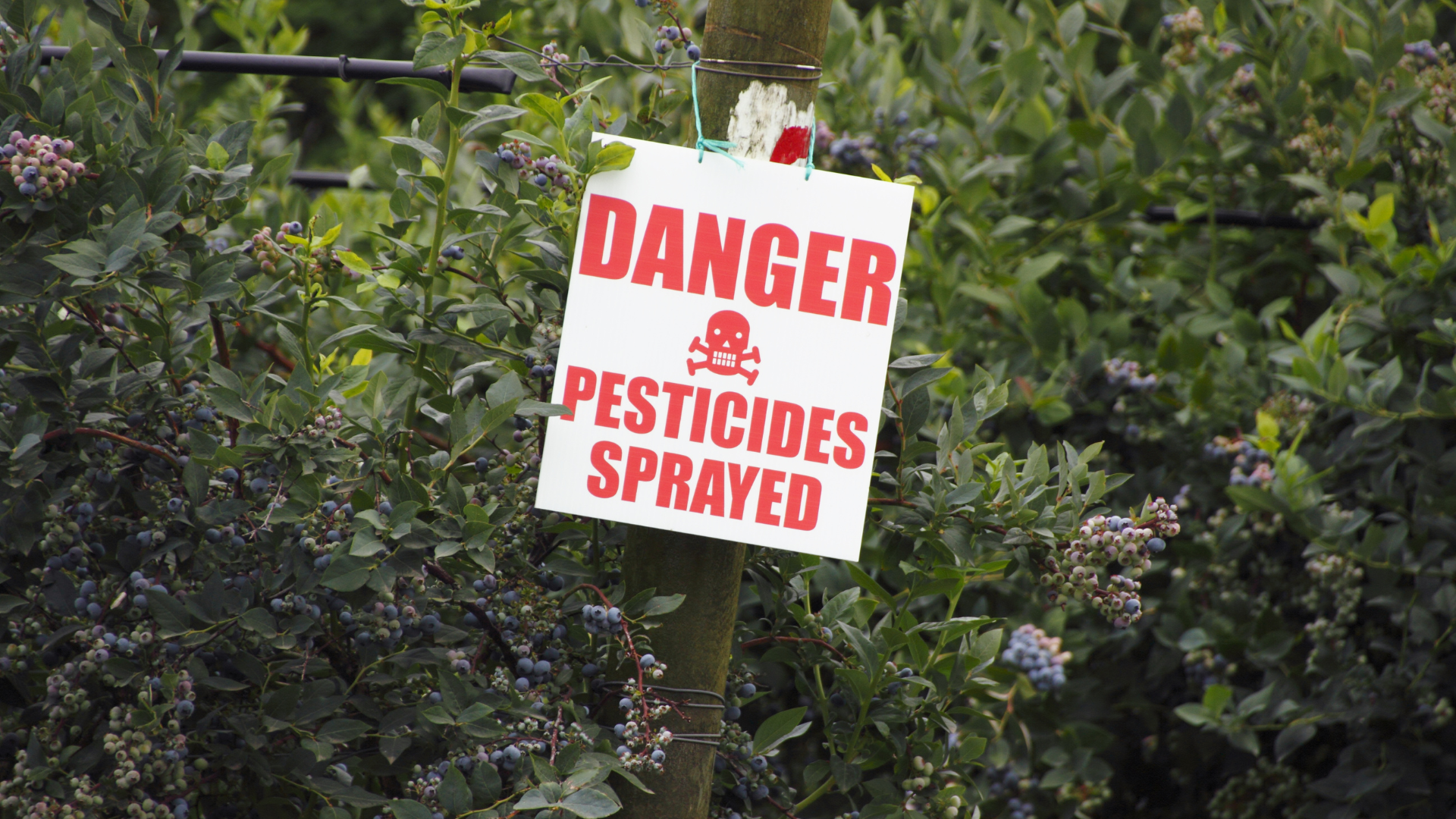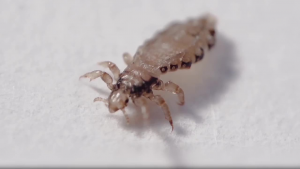Plastic pollution & waste awareness has received much public attention in the past decade, alongside Climate Change and the focus on greenhouse gases. Chemical pollution, often caused by pesticides but also by disinfectants and synthetic cleaners, is more overlooked but is more pervasive in its pollution than any other type of waste.
If you took a sample of the water from the peak of the highest mountain, and a sample of water from the deepest trench in the ocean, you’d find chemical contaminants in both of those samples. There is no place on the planet that has been untouched by humankind’s chemical exposure.
Why has chemical pollution/contamination been often overlooked? The chemical “industry” has ran a widely successful marketing campaign that has taken negative key words and spun them into a neutral or positive spin. Take virtually any chemical pesticide or disinfectant’s own labeling, for example. Many labels talk about applying a residue or residual “protection” that can last for a few hours to a few weeks, depending on its usage.
It is important to recognize that residue or residual are in fact synonyms for contamination. If the same label said that your pesticide or cleaner would contaminate your floors or kitchen counters, poisoning ants, bacteria or any other living organisms that come into contact with it (including children & pets), you’d think twice before applying the chemicals. This “protection” is a false idea, instead you are applying a layer of poison that will in fact harm anyone or anything that touches it; it’s not protection, but rather a mutually assured destruction.
Residual contamination has dire consequences on our shared environment, through a process known as biomagnification. Harsh chemicals are intentionally designed to not break down and are meant to persist in soil, water, plants, and even inside organisms for long periods of time. This is not a design flaw, it is a design feature.
Below, we will walk through the process of biomagnification, how it affects the environment, and stress the need to pursue & use available sustainable & non-toxic alternatives!
Table of Contents
What is Biomagnification?
Far-Reaching Consequences
Final Thoughts
What is Biomagnification?
Biomagnification is defined by the Oxford Dictionary as, “the concentration of toxins in an organism as a result of its ingesting other plants or animals in which the toxins are more widely disbursed.”
Biomagnification takes place when animals consume other animals or plants that are contaminated by pesticide or chemical residues. The more contaminated animals or plants that are consumed by the organism, the higher the concentration of chemicals inside that organism will be and those concentrations continue to grow, until they reach highly toxic levels.
Consider the following graphic, that depicts a simplified food web of a hawk. For this example, the now banned pesticide DDT was documented to bioaccumulate in plankton, after polluting bodies of water. DDT would then biomagnify as predators of plankton, such as small fish, would consume them in large amounts, in turn increasing the concentration of DDT in their bodies. Larger fish consume multiple smaller fish, further biomagnifying DDT to dangerous levels, ultimately where hawks will hunt & consume several large fish. DDT has quickly reached high concentrations that are lethal to hawks, and other animals, and the hawks will die from this exposure.

Any pesticide or chemical that touts leaving behind a residue for “increased protection” will bioaccumulate in a similar manner to the above DDT diagram and will cause harm throughout entire ecosystems.
Far-Reaching Consequences
Pesticides and chemical pollution bioaccumulating in the environment have been well documented for many years now. Another common example of biomagnification is the use of poison rodent baits. Many owls, cats, dogs, foxes, and other rodent predators have been found dead when property owners employ the use of rodenticide baits. These deaths are not because the animals have gotten into the baits, but rather from hunting the poisoned mice & rats the baits were consumed by.
The Author has previously written about the biomagnification of chlorpyrifos in fish and in the orcas that feed on them. Chlorpyrifos is applied to crops and is carried by the wind and also has runoff into bodies of water. Once the neurotoxin enters the water, it bioaccumulates in 38 different species of endangered fish; particularly in a specific species of salmon. Orcas feed on vast quantities of this specific species of salmon, and this means they are being exposed to large quantities of chlorpyrifos; so much so, the orcas are experiencing health complications, and even death in some cases.
To further understand the risks and damaging effects pesticide & chemical residues/residuals “provide” to crops and treated areas (and beyond), this article by National Public Radio (NPR) provides an in-depth explanation, specifically regarding PFAS chemicals: https://www.npr.org/sections/health-shots/2019/04/22/708863848/scientists-dig-into-hard-questions-about-the-fluorinated-pollutants-known-as-pfa
Final Thoughts
It is important to see through the labeling lies of pesticides, disinfectants, and other chemicals when you see keywords “layer of protection”, “lasting barrier”, or “long-lasting”, among others. All of these keywords are synonyms for contamination and are dangerous, not only for the target pests, but also to you and other organisms!
Thankfully, there are many safe & natural products available today that do not rely on toxic residues to contaminate homes & crops to achieve pest control. All of the products manufactured by Safe Solutions, Inc. were specifically formulated to break down and leave no residual once the solutions have dried. TweetMint & Not Nice To Bugs both control pests on contact and do not contaminate homes, plants, and our shared environment.
Make sure to choose natural, choose safe, choose sustainability to protect you, your loved ones, and the environment.
If you would like to learn more about sustainable alternatives visit www.safesolutions.com to browse a variety of non-toxic alternatives for healthy living.
healthy living.
Enjoy these articles? Follow me on LinkedIn to read more and get a notification when new articles are published.
– Gage




